I wonder how to fit these data with an exponential regression model and how to print the exponential regression equation and R2 on ggplot graph. It would be better to fit the data using geom_smooth(). I have found several possible solutions but exclusively for linear regression while I'm interested in the exponential one. This is my code:
library(ggplot2)
##### Creating the data frame
x <- c(0.54,0.59,0.57,0.54,0.10,0.07,0.17,0.24,0.51,0.57,0.55,0.52,0.40,0.43,0.45,0.43)
y <- c(156.9,234.8,191.9,203.2,59.8,36.0,87.2,23.8,168.7,182.3,155.8,205.1,101.2,115.5,118.8,159.1)
df <- data.frame(x, y)
##### Creating the plot
my_plot <- ggplot(data = df, mapping = aes(x, y)) +
geom_point()
my_plot
This is the resulted plot:

Any help will be greatly appreciated.
